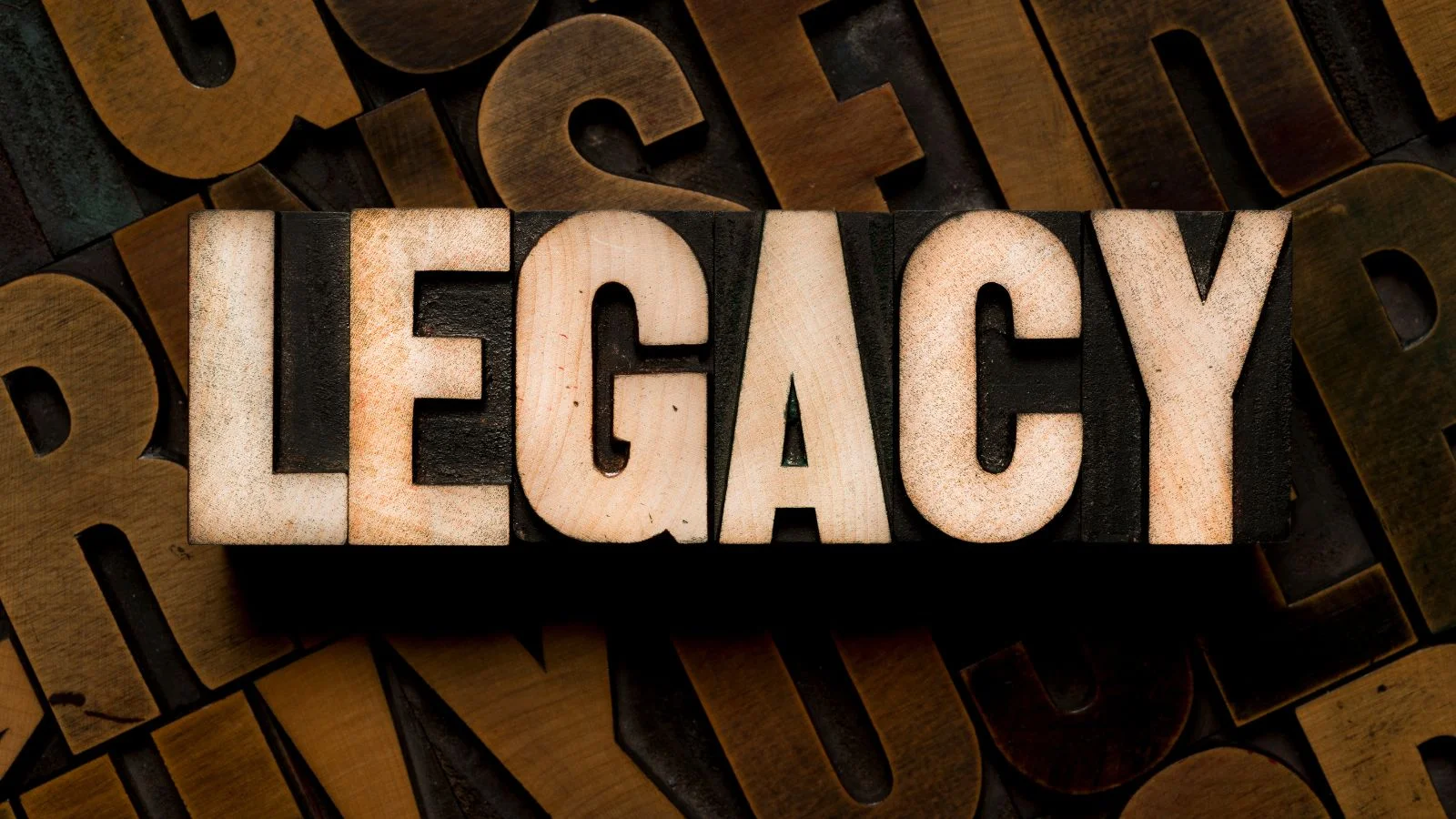Planning pays off: Do not leave legacy to chance
30 Oct, 20252 minutesSteve Crompton, Tax Partner at Accountancy and Advisory firm JS, explores why many businesse...

Steve Crompton, Tax Partner at Accountancy and Advisory firm JS, explores why many businesses are leaving their legacies to chance, and why planning is key to long-term success through transitional periods.
Too often, owner-managed businesses delay succession planning. Why?
A common misconception is that it is too early to start mapping out succession plans, or that waiting until change is imminent will give the clearest picture.
By the time pressure to act arrives, it can often be too late to capitalise on the options previously available in planning for the next phase of a business’s journey.
Succession and Inheritance Tax (IHT) planning must begin well before an exit, whether through choice or an unforeseen event. Without it, a business’s value, stability and legacy can be undermined in ways that are both avoidable and costly.
The reality of IHT exposure
IHT exposure is a reality for many business owners, especially those whose business represents a significant portion of their personal wealth. For those who do not fully understand the implications, it can result in unintended tax burdens on heirs, the breakdown in business continuity, or the forced sale of assets to meet liabilities.
Almost a year on from the 2024 Autumn Budget, IHT remains a hot topic, with exposure for many business owners set to increase from 6 April 2026 as a result of the changes to Business Property Relief (BPR).
From 6 April 2026, BPR will be capped with each individual being entitled to 100% relief on £1m of qualifying assets in their lifetime and 50% relief on the value above this amount, bringing many business owners into the IHT net on death – an effective rate of 20% on value above £1m. As a result, business owners must plan for how this liability will be funded, especially where most of their estate is tied up in the business.
The recent increase to the main rate of Capital Gains Tax (CGT) from 20% to 24% and the rate of Business Asset Disposal Relief from 10% to 14% - increasing to 18% from 6 April 2026 – also means that business owners will pay more tax on the disposal of their business in their lifetime and brings in additional complexity for succession planning.
Given these changes, business owners have important decisions to make in how they plan for succession to ensure their business and associated value is protected as far as possible. Fortunately, it is not too late to act with options being available to reduce exposure. Options will vary from individual to individual and should be considered alongside commercial and personal objectives.
Business Owners may want to consider trust structures, gifts and corporate restructures, amongst other things, to manage succession and mitigate future IHT liabilities under the new regime. Succession planning can offer the tax efficiency and flexibility that business owners need to protect their business – but only if implemented with appropriate advice and foresight.
Succession as a governance issue
To ensure that succession planning is treated as a strategic priority, it must be seen as a governance issue, not simply a financial one. Succession impacts the stability, sustainability and long-term direction of a business. The earlier it is addressed, the more control business owners retain over the outcome.
When planned properly, succession is a smooth and structured process. It can involve the gradual transition of leadership and ownership in a way that avoids disruption and uncertainty, not only for the management team and staff, but also for clients, suppliers, and key stakeholders.
Failing to plan can risk value
Without a clear succession plan, the value of a business can quickly deteriorate. Investors and potential buyers can place a premium on companies with well-structured succession strategies, viewing them as less risky and more sustainable. Conversely, businesses that rely on a single founder or leader are often perceived as higher risk, particularly if there is no clear plan for what comes next.
If an unexpected event such as ill health, retirement or death occurs before a plan is in place, the business may be left vulnerable. The absence of leadership can lead to lost clients, stalled operations and a decline in staff and stakeholder confidence. All of this contributes to a reduction in business value, making it harder to sell or transition successfully.
Advisers can identify trigger points early
Working with an experienced adviser ensures that succession and tax planning are proactive, not reactive. Advisers bring an external perspective, helping identify trigger points and opportunities that business owners may not recognise themselves.
They can also help model different succession scenarios and the impact of each, offering clarity around potential tax liabilities, business structures and the governance frameworks needed. Advisers are particularly valuable when navigating emotionally complex areas, such as family involvement in the business, share ownership or legacy intentions, because they have vast experience of dealing with such issues.
Having a trusted adviser can make the difference between reacting in a moment of stress and being ready with a plan that preserves value and secures the business’s future.
Start early to protect your legacy
Without careful planning, things can unravel quickly, especially during periods of transition. Succession planning is not just about exit but about sustainability and security.
By engaging early and seeking the right advice, business owners can create a roadmap that supports both their personal financial goals and the long-term future of their business. The alternative is leaving your legacy, and your business’s value, to chance.
This article was published in TheAccountant Online on 3 October 2025:
https://www.theaccountant-online.com/comment/planning-pays-off-do-not-leave-legacy-to-chance/



